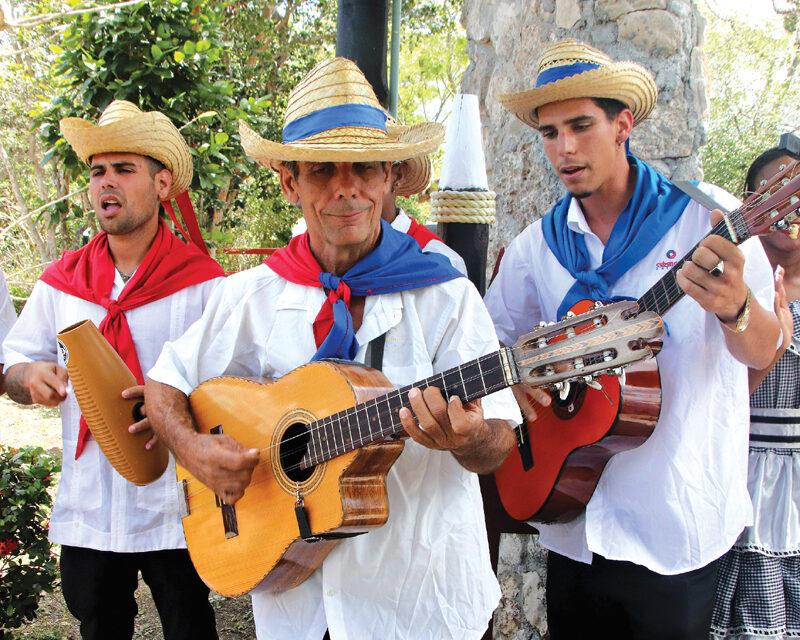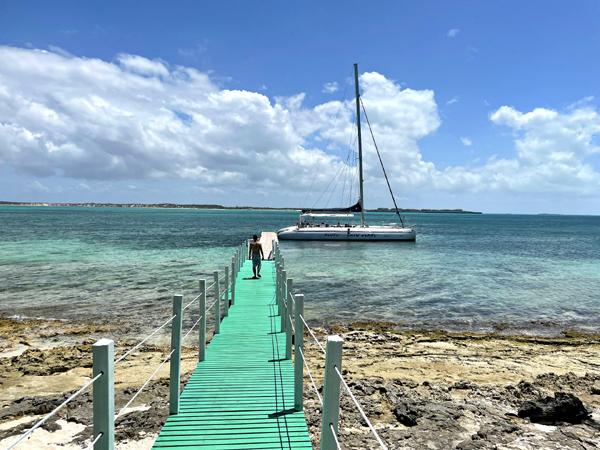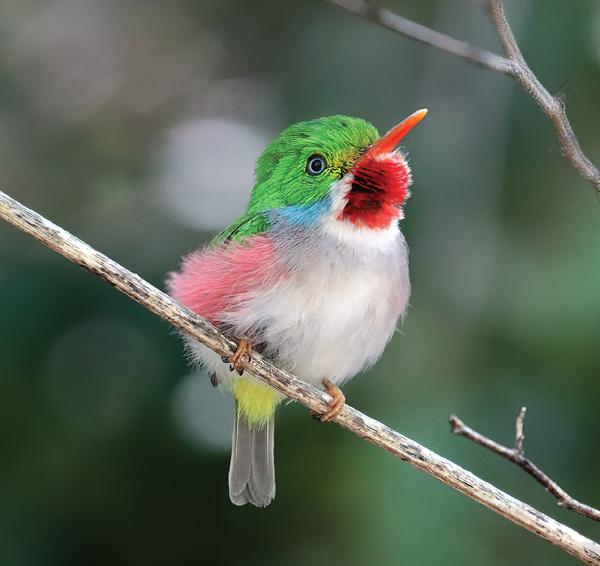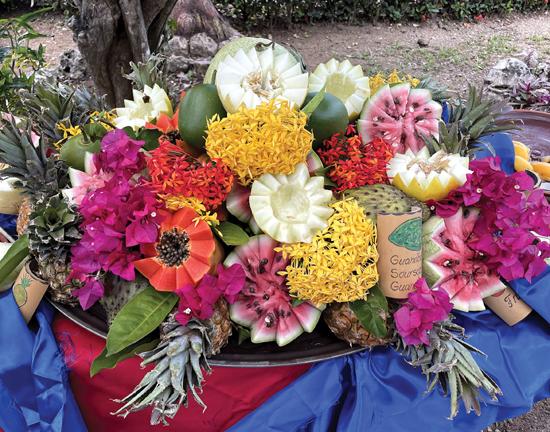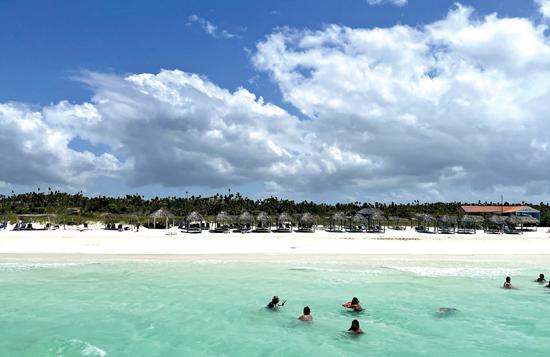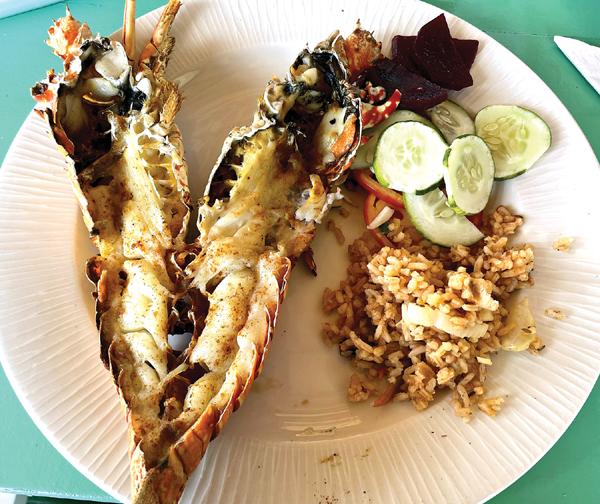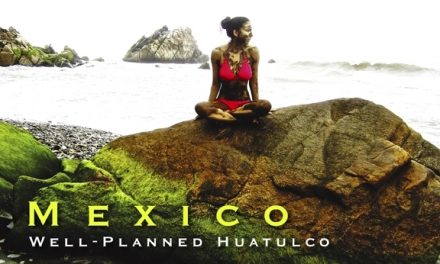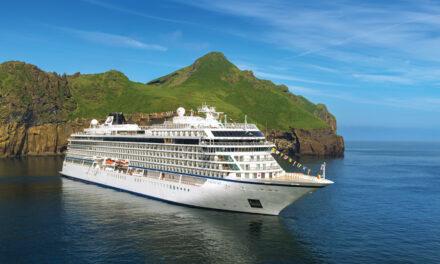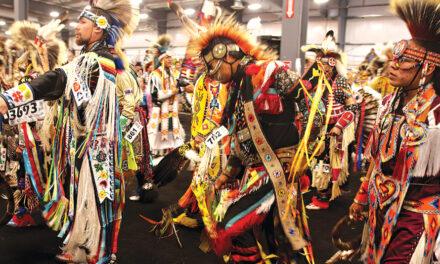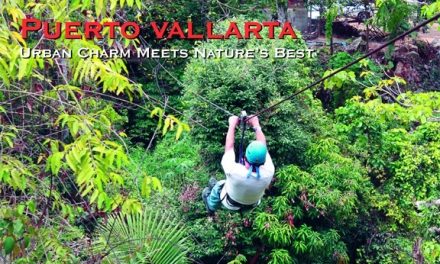Cuba
Jardines del Rey, Cayo Coco, Cuba
Article and photography by Steve Gillick
You know you’re in a special place when you learn that Cayo Coco, one of the principal keys in the archipelago of Jardines del Rey, translates into “the key of the White Ibis”. Known locally as the Coco Bird, the White Ibis is an endemic species that evokes the spirit of nature, sustainability, wellness, and adventure, the foundations for multi-generational visitor enjoyment on the north coast of central Cuba.
There are all-inclusive resorts with unbelievably picturesque soft-sand beaches, where the opalescent waters stretch over sand bars and coral reefs.
And there is the opportunity to escape from the all-inclusive mindset and learn how Cubans live, listen to the music, relish the food, explore a farm, join in a traditional folk dance, taste rum, savor freshly roasted coffee, cruise the mangroves, and thrill to a sighting of a tiny, many-colored Cuban Tody.
Joaquin Reinaldo (a.k.a. El Tio Rey (Uncle Rey)), the 80-year-old owner of the eco-historical site of Sitio la Güira (Site of the Calabash trees), explained that “visitors need to be in contact with Cuban culture. They need to know our story and interact with the people, Cuban life…our present, and our past”.
Jardines del Rey, ‘the Gardens of the King’, owes its name to Spanish conquistadors who honored King Ferdinand II in 1513. Stretching over a coral reef in the province of Ciego de Avila, the ‘gardens’ occupy several island ‘keys’ or “cayo”, including Cayo Coco, Cayo Guillermo, Cayo Romano, and Cayo Paredon. Today, the area is easily accessible by a 15 to 20-minute drive from the Aeropuerto de Jardines del Rey or a 27-kilometer (17-mile) causeway that connects with the mainland.
Our talk with El Tio Rey touched on the area’s 353 different plant species and 200 bird species. He noted that there are nature trails where visitors can go into the woods and enjoy the Cuban version of ‘shinrinyoku’, the Japanese term for ‘forest bathing’, where one absorbs the ambiance and energy of the trees. Lunch was simple but delicious, featuring yucca, corn, rice, freshly roasted pork, and local fruits, accompanied by music.
Afterward, we enjoyed the enthusiastic, smiling dancers of Compañía Folkórica Zama, who performed traditional countryside dances, and we participated!
La Redonda furthers the enjoyment of nature. Speed boats rush across the lake toward the red-infused waters around the Red Mangroves. Bromeliads and Orchids grace the trees along the channel as the boats slowly glide past giant termite nests and idyllic views of soaring Royal Palm trees, where West Indian Woodpeckers clutch the trunks and drill nesting cavities.
A visit to the farm, La Maria, is a further exercise in nature appreciation, Cuban culture, and agrotourism. The farm lies just outside Morón, the province’s oldest city. Our guide, Milaxy Pénez Reyes, provided some insights, starting with a welcome drink (“we grow and roast our own coffee”) and then on to the open garage that houses working models of a 1952 Massey-Harris tractor, a 1956 Chevy Bellair, and a 1956 John Deere Tractor. (Visitors can drive the John Deere if they wish). We learned about the Mango fruit trees in the orchard and the uniquely Cuban expression “Mango,” which refers to a very attractive and appealing man or woman.
Milaxy pointed out the Mariposa (white butterfly) flowers and noted their history during the war with the Spanish, where Cuban women would hide messages inside the flowers. We tasted sugar cane juice from freshly crushed stalks, visited a hive of stingless melipona bees, and watched goats nibble greens in the field while Muscovy Ducks and Guinea Hens made a fuss nearby.
When asked why people should visit La Maria farm. Milaxy stressed the importance of “facing the reality of Cuba, learning how farmers live, and connecting with nature.
The nature theme of Cayo Coco continued with a visit to the Crocodile Farm. The breeding farm is under the care of the GECC (Grupo de Especialistas en Crocodriols de Cuba) with the goal of increasing the population of the American Crocodile species and “to make up what humans destroyed and restore the natural balance of the ecosystem by eventually releasing the crocodiles back into nature”.
Crocodiles can be fed by visitors who stand on a porch and use a long fishing pole apparatus affixed with a piece of chicken. Other crocodiles, submerged in the pond, glared at the visitors. Our visit reinforced the overall Cuban attitude—and objective- toward preserving nature and practicing sustainability.
In a celebration of islands, boats, beaches, and coral reefs, we boarded a Catamaran in Cayo Guillermo for a completely relaxing full-day cruise that included swimming, snorkeling, and basking in the sunshine at Playa Pilar, which is touted as one of the best beaches in the Caribbean due to its powdery white sand and shallow, calm waters.
Lunch at nearby Media Luna Key featured Chef Junior’s grilled lobster, possibly the tastiest in all of Cuba. “The Chef makes the difference”, he told us. “I appreciate work and am very happy. I like to treat our guests well”. And part of this treatment included the music of the group Trios el Caribe. Chef Junior noted that ‘the relationship between music and food is very important. It’s like a very happy marriage”.
A remarkable component of happiness in Jardines del Rey is the opportunity for nature immersion. One morning, I hopped into the 1955 Chevy Belair of Cayo Coco’s premier birdwatching guide and naturalist, Paulino Lopez Delgado, for a morning of sheer enjoyment along back roads and through bushes. Paulino’s 25 years of experience and very personable manner guided us through one of Cuba’s most important bird habitats. Within minutes, we were face to face with a Cuban Tody, the tiny pink, red, blue, green, yellow, gray, and white bird at the top of the viewing list for birders and photographers. In the next few hours, we saw over 30 different species, including a Great Lizard Cuckoo, a curious American-Cuban Kestrel, an active family of Smooth-billed Ani, a stunning Green Woodpecker, plus Kingbirds, Vireos, Warblers, Flycatchers, and a very determined Red-legged Honey Creeper, with a mouth full of twigs for the nest.
Paulino said that nature was a hidden benefit of Jardines del Rey, which few visitors take advantage of. For those looking for some adventure, it gets them away from mass tourism. They tour in small groups; they see amazing colors, hear bird life, and interact with Cuba in a very memorable way.
Jardines del Rey is a very special place where locals exhibit infectious pride, enthusiasm, and connection with culture, food, and nature, and visitors are invited to join.

